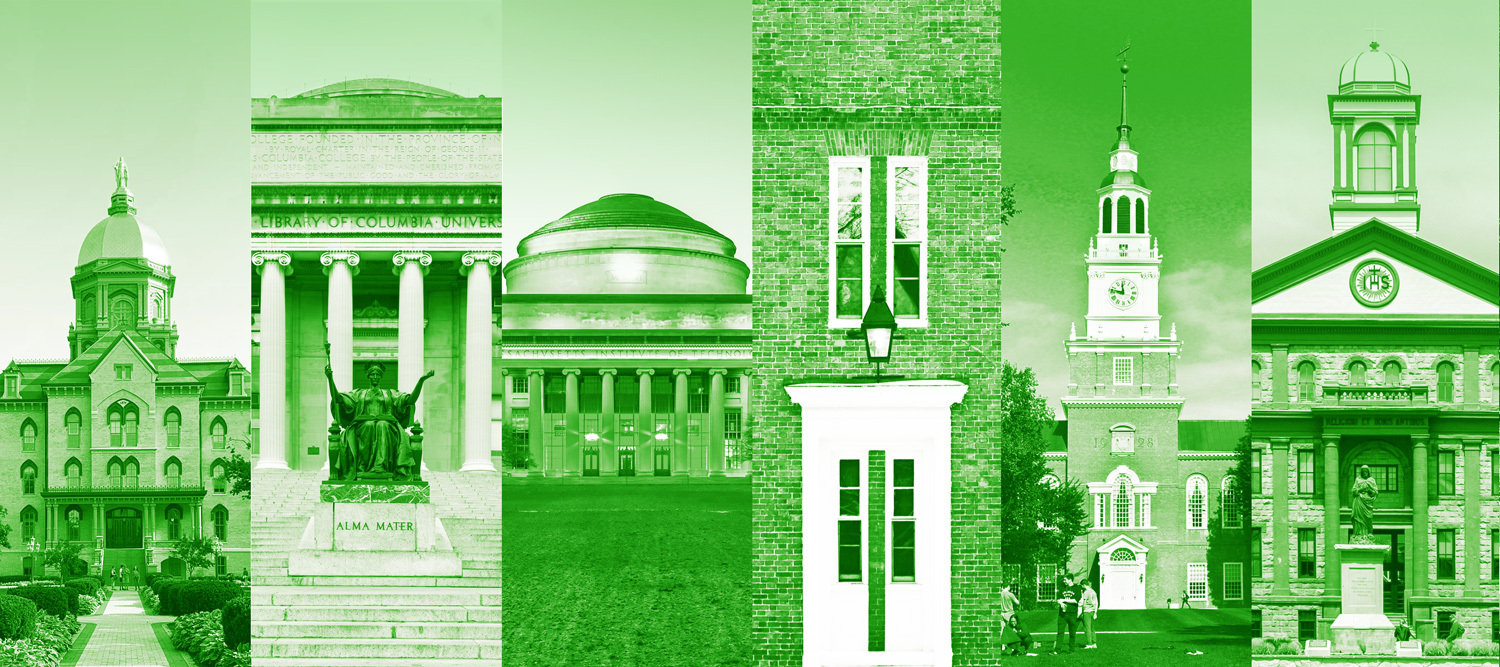Exploring student reviews to see what influences diversity in colleges

The Supreme Court’s upcoming decision on affirmative action has put diversity in colleges back into focus. If, as expected, judges strike down this measure designed to bring a mix of students to campuses, institutions will need to find new ways to address imbalances.
What can colleges do to attract a diverse student body? The best way to find out is to listen to students themselves. Relative Insight used reviews from college rating site Niche.com to discern what students thought. The website grades colleges across various factors – including how diverse they are.
Relative Insight collected reviews from the best-ranked and worst-ranked colleges for diversity on Niche. Once we had this text data, amounting to almost 100,000 words, we uploaded it to the Relative Insight text analysis platform. The tool analyzes, quantifies and visualizes text data, enabling you to rapidly uncover what matters most to different audiences.
By comparing and analyzing how students review colleges ranked high and low for diversity, Relative Insight offers insights into how top-graded institutions are attracting varied cohorts – and why low-graded colleges aren’t. For example, one obvious yet interesting finding was that students were 9.6x more likely to use the word ‘diverse’ in reviews for institutions ranking highly for diversity in colleges.
While unsurprising, it demonstrates that this element of college life is front of mind for students in schools rated highly for diversity – or that it’s not a topic of conversation for learners in homogenous environments. Our analysis uncovered some reasons for this.
Schools with positive diversity grades are 5.8x more community focused
Reviews of high-ranking colleges emphasized a sense community and connection between students. They were 5.8x more likely to talk about this overall, with the topic of ‘relationships’ overindexing 9.6x more – particularly the word ‘friends’. This group were also infinitely more likely to talk about ‘networking’ and the ‘connections’ they’d made with others.
“I have many friends from the United States, Brazil, Rwanda, Kenya, China, Russia and many other people. This school is absolutely great!“
These colleges appear to actively encourage social dynamics between groups to enhance diversity. Reviewers were infinitely more likely to talk about this social element, while also talking about the topic of ‘groups’ 2.3x more. This included the word ‘community’, which appeared 5.4x more, as well as words like ‘culture’.
Students highlighted how schools structure the composition of dorms and other aspects of college life to foster interaction between people from different backgrounds.
“It gets more and more diverse every year in terms of students of color, international students, and low income students! The communities aren’t completely separated out like they tend to be at other schools – each person is a valued part of this community.“
People attending these colleges were also more likely to reference ‘people’ within their reviews. The word overindexed 5.8x more within their feedback, demonstrating that this dynamic played a key part in their experience, rather than just their studies or the facilities.
“It’s a place of incredible opportunity. The people are awesome, and despite everyone being super busy all the time, it’s so worth it to take the time to spend with people.“
From analyzing these reviews, it’s clear that diversity in colleges is improved when institutions nurture an environment which encourages students from different backgrounds to interact and enjoy each other’s company.
Financial headaches 3.8x more prevalent at non-diverse colleges
Students at colleges lacking in diversity had money on their mind. They were 2.5x more likely to use words related to money – such as ‘loans’ and debt, while the phrase ‘financial aid’ overindexed 3.8x more. This group also talked about ‘payments’ infinitely more and used the word ‘afford’ 6.8x more.
Many of the students cited the cost of attending these colleges within their reviews. While some added that they’d received support and advice from the institution, prohibitive costs are likely a contributing factor to the lack of diversity in these colleges.
“It’s a lot of money to attend to the school. I took out a loan and that’s not paying for anything basically; this school has high fees for nothing. We really need to get our education but we want be able to afford it.“
These reviews were also much more likely to reference college staff, rather than peers. The students talked positively about a variety of professionals 20.8x more overall, including advisors (16.4x), counselors (18.8x) and faculty members (32.5x).
“The staff and faculty members are so cooperative, supportive, and friendly. They assist students in each and every class with work and assignments.“
However, while colleges will be interested in this praise, it’s what the students aren’t saying that’s more important when it comes to diversity. Their focus on staff means a lack of focus on their peers. This suggests that these schools aren’t taking as much care to foster an environment that brings students together.
Actions to improve diversity in colleges
Utilizing Relative Insight’s text analytics platform to analyze reviews of top and bottom-graded colleges for diversity has revealed two clear areas that schools struggling with getting a varied student body can address.
That the cost of attending college is prohibitive to many is nothing new, but the fact this topics overindexes in reviews from schools lacking diversity highlights that they’re not doing enough to remove this barrier. The best-rated schools for diversity included prestigious – and expensive – programs. This suggests price isn’t the main factor.
The support schools offer to students, how clearly they communicate this and how they ensure it doesn’t overshadow other aspects of college life is vital to attracting a diverse student base. Colleges lacking students from different backgrounds need to rethink and broaden their financial support, refine how they communicate what’s available and ensure it’s administered in a hassle-free way.
Institutions who grade out well for diversity also take active steps to ensure students from different backgrounds mix with each other. Whether through dorm assignments or events on campus, these schools foster an ambience of inclusivity. In turn, students are more likely to focus on the friendships they build with peers from diverse backgrounds.
Colleges struggling to attract people from a range of backgrounds should not only adopt similar policies, they must showcase how students have built friendships within their prospectus and other materials. If applicants from non-homogenous backgrounds don’t see themselves represented in a college’s communications, they’re not going to want to study there.
Relative Insight supports you in combing reviews, surveys, online conversations and other types of text data to understand different audiences. See how you can use our text analysis platform to understand students by claiming your free trial now.
